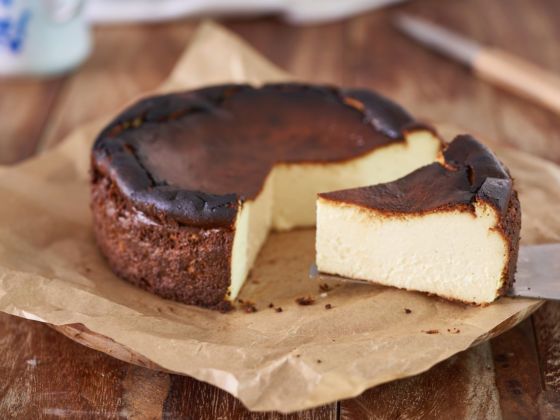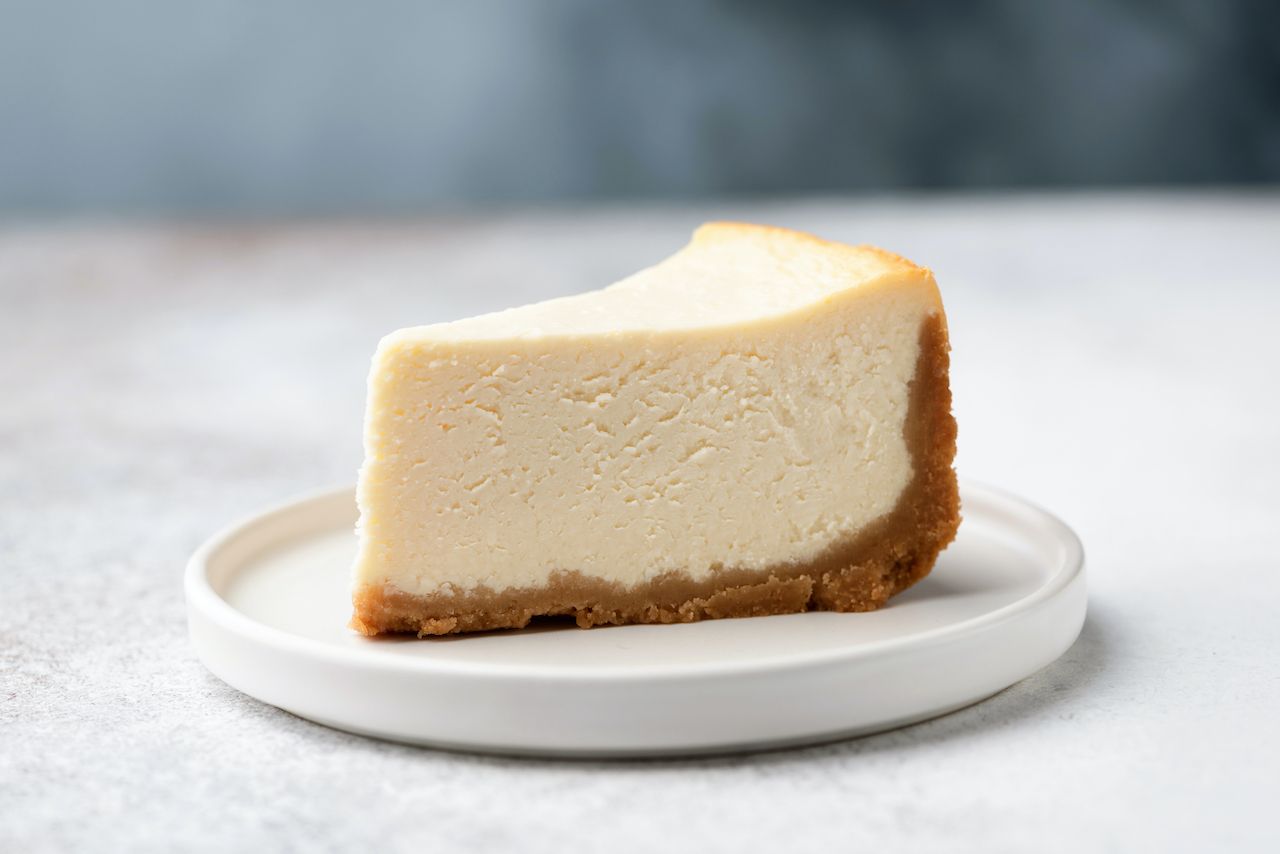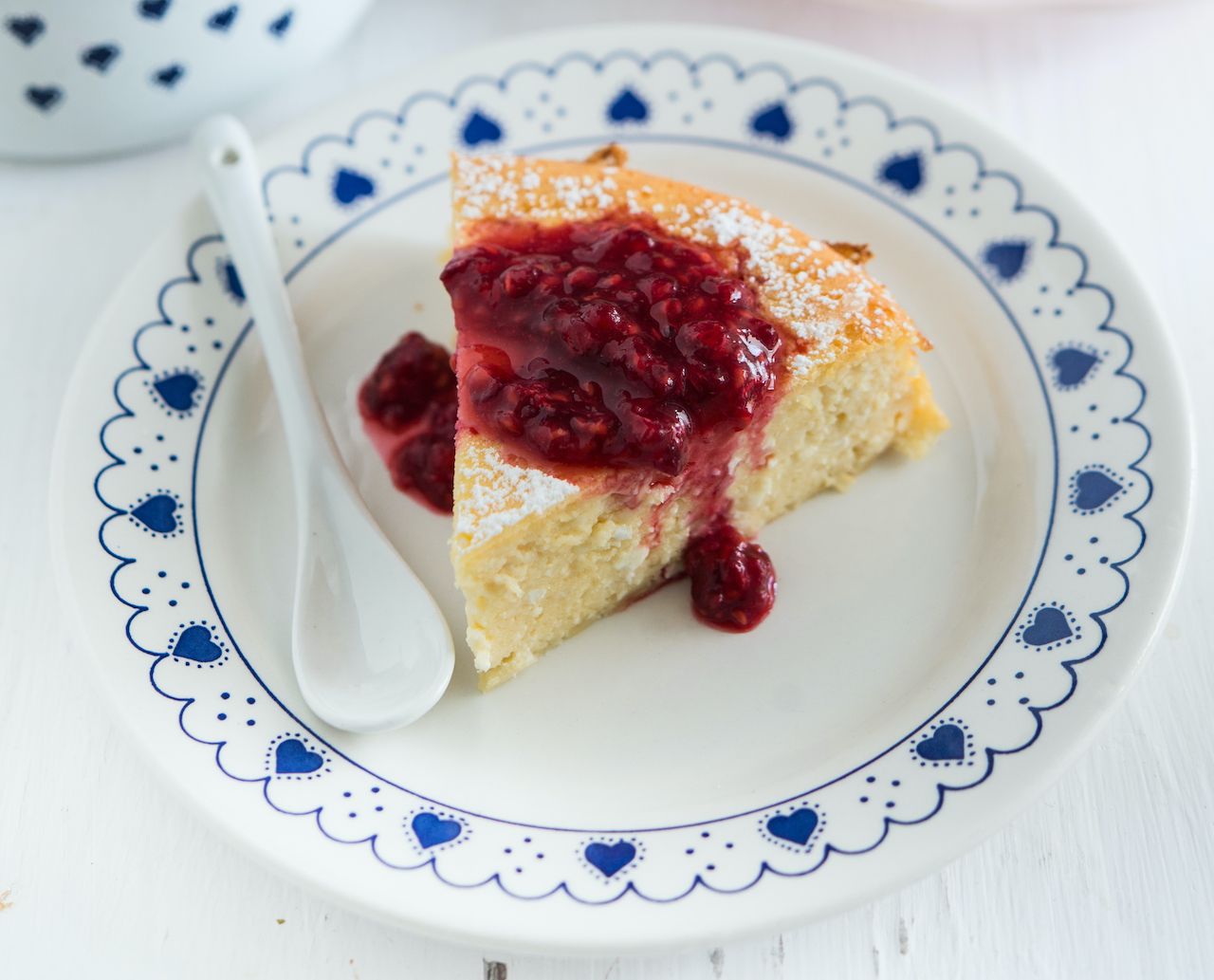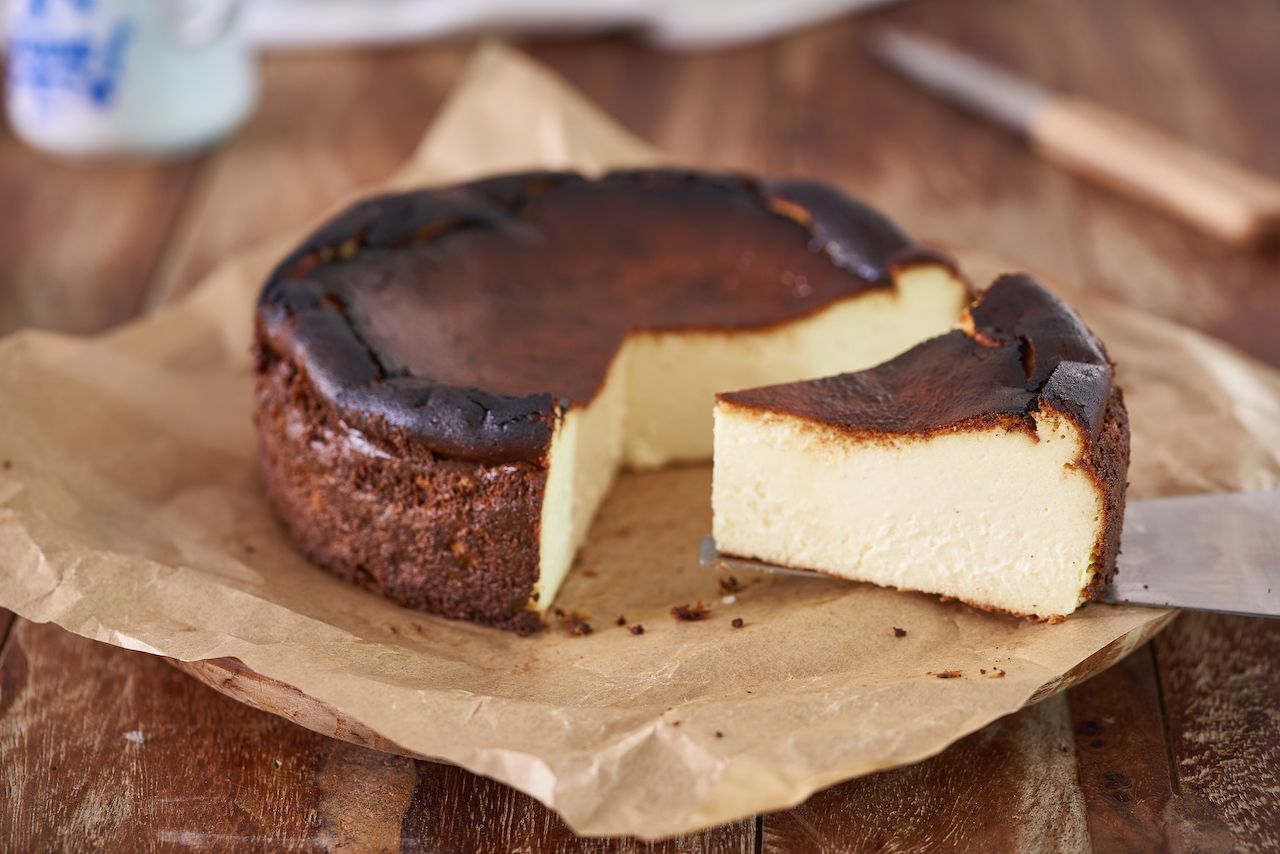America’s taste for cheesecake is evident. If it’s not diner menus across the country making the case, then the more than 200 Cheesecake Factory restaurants from Alabama to Wisconsin, which grew out of a humble cheesecake-only bakery in Los Angeles, give some indication.
But cheesecake existed long before Evelyn Overton started peddling the Cheesecake Factory’s namesake dessert in the 1970s. The concept of mixing fresh cheese (cheese that’s neither pressed nor aged) with eggs and flour, then baking it using hot stones, dates back to antiquity. Ancient Romans left records of libum and savillum, which Cato the Elder outlined in De Agri Cultura, one of the oldest surviving examples of Latin prose, in 160 BCE. In ancient Greece, where cheesecake is said to have originated in the third century, a similar recipe may have been offered to athletes at the first Olympic Games in 776 BCE.







